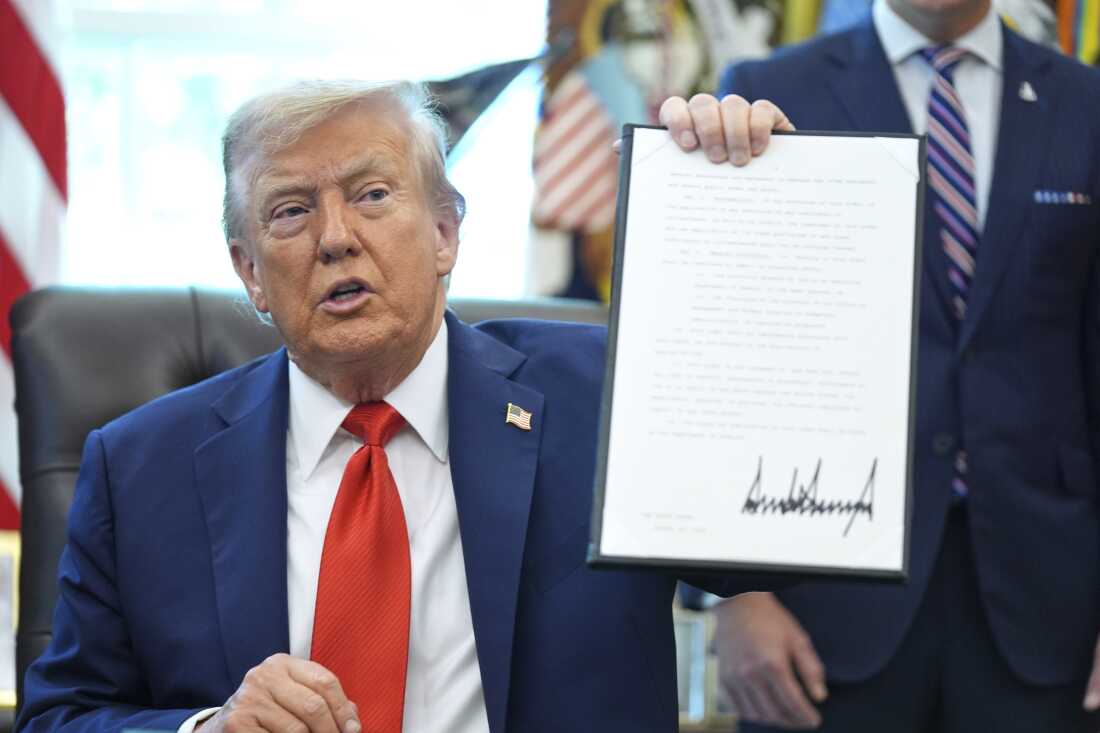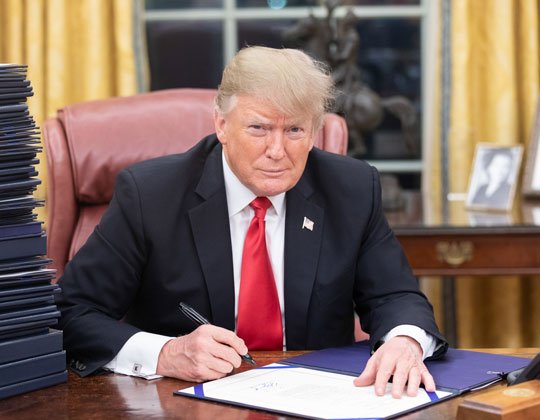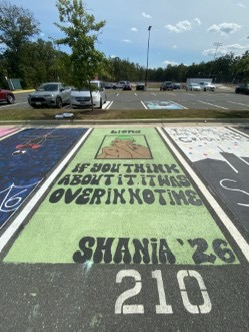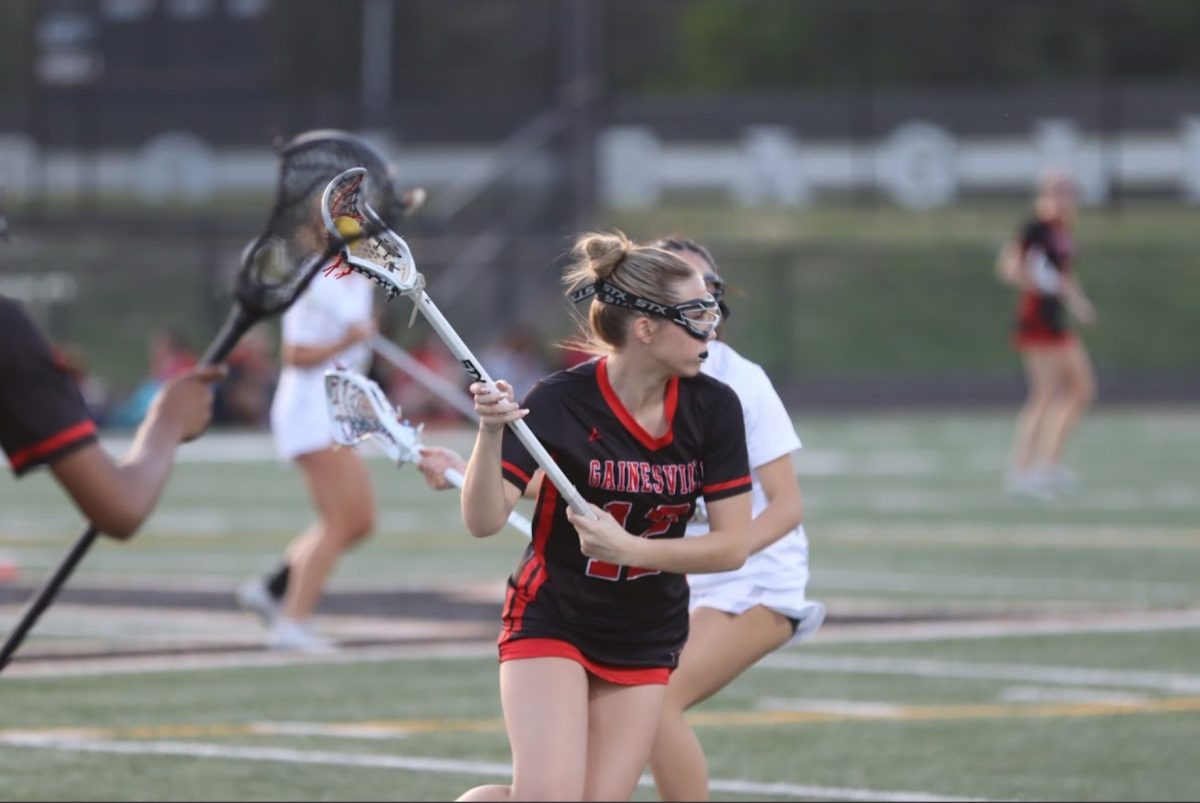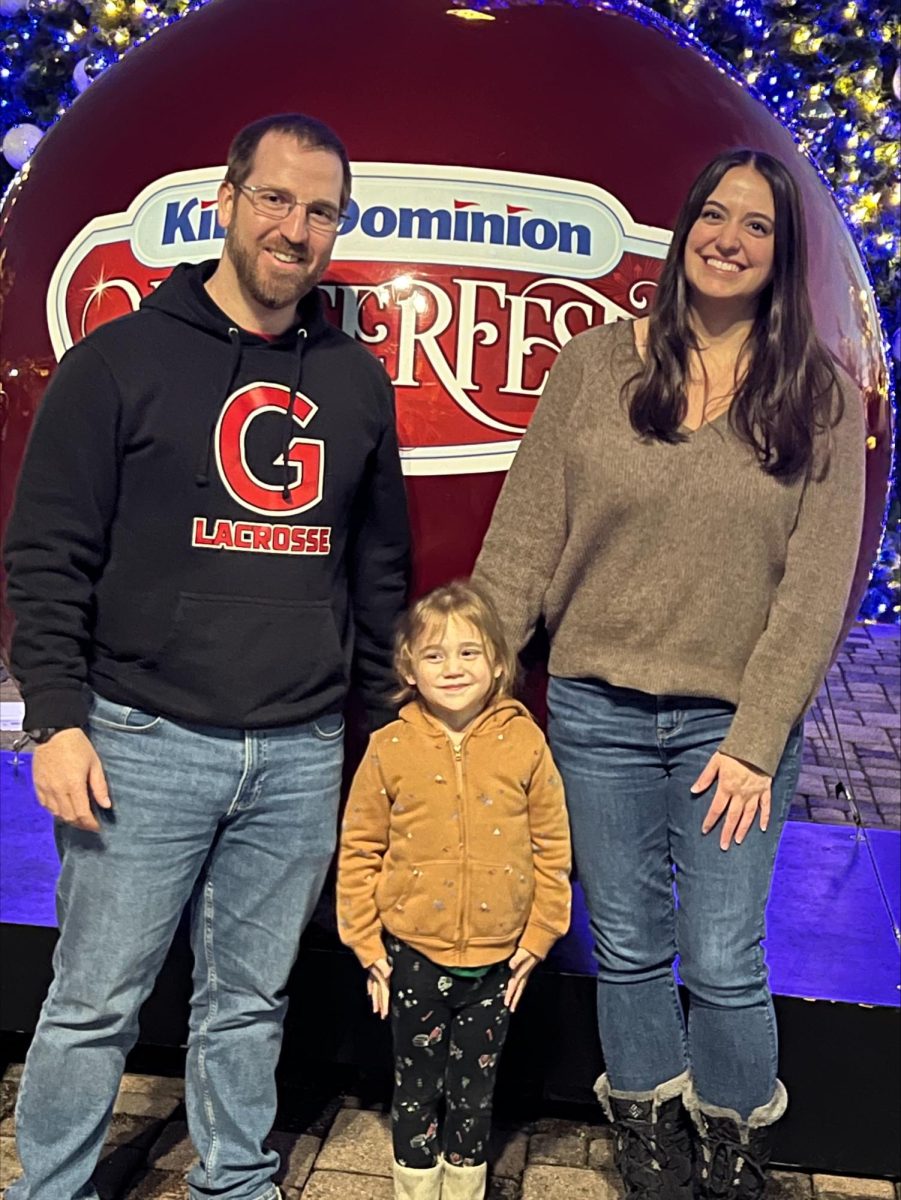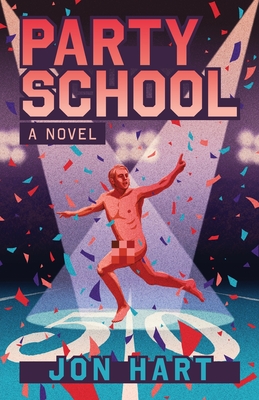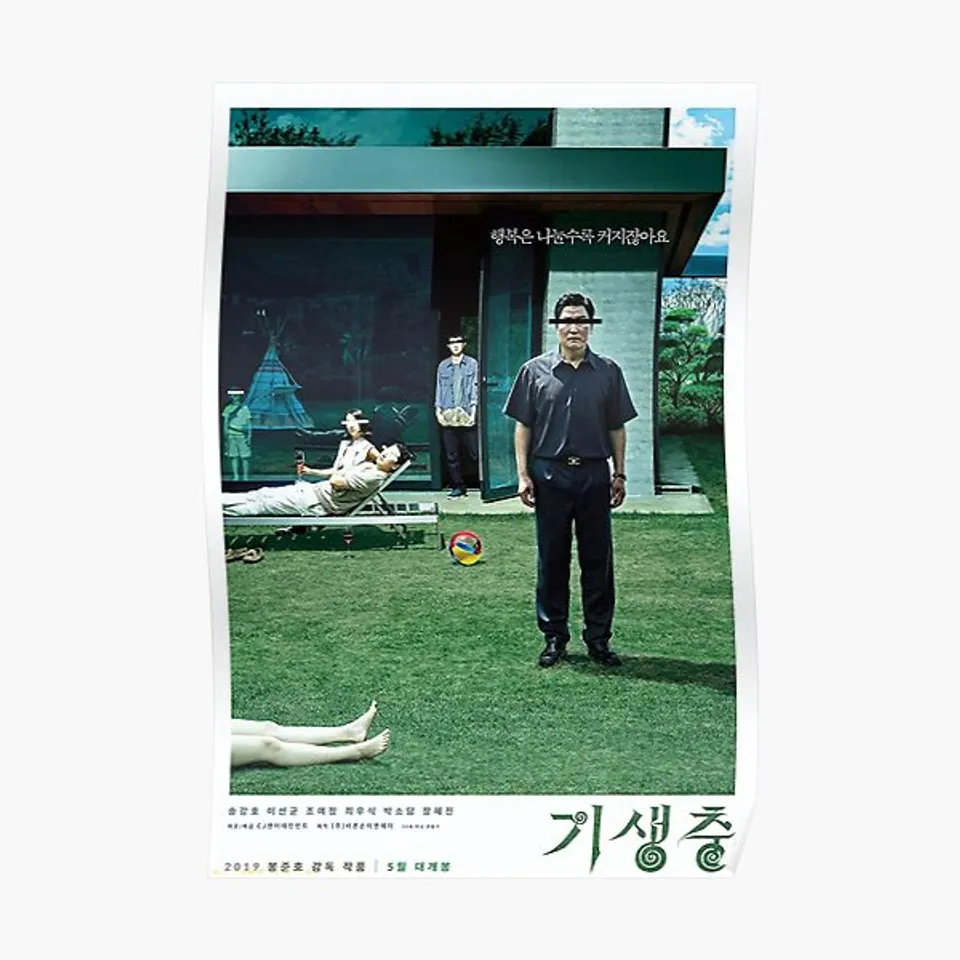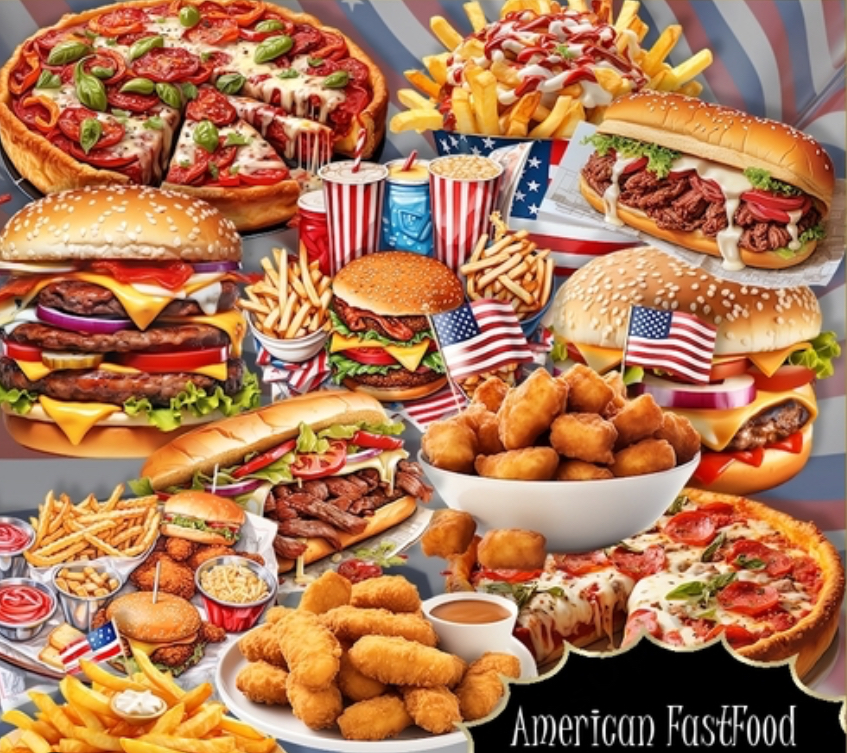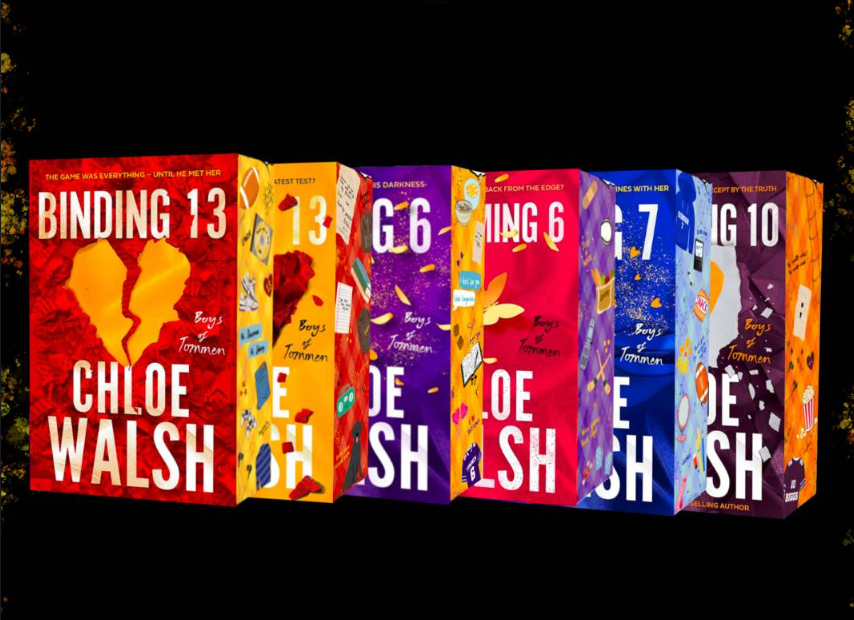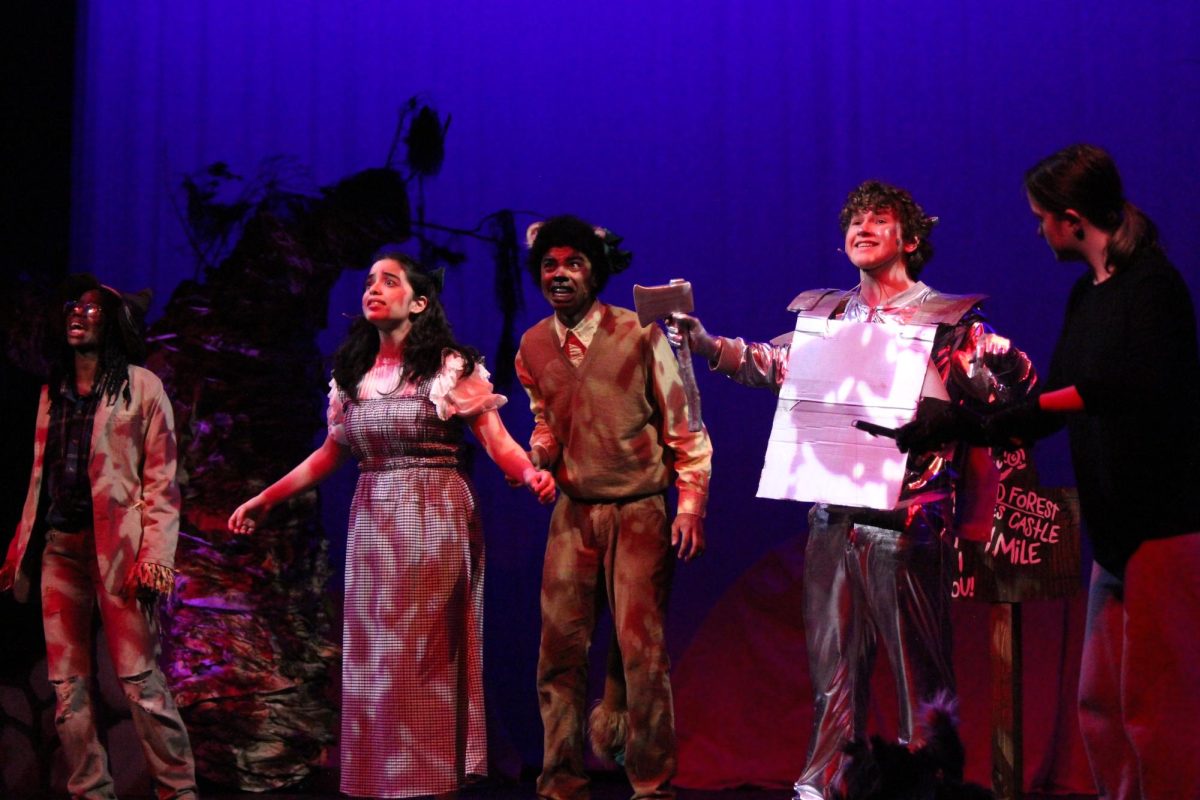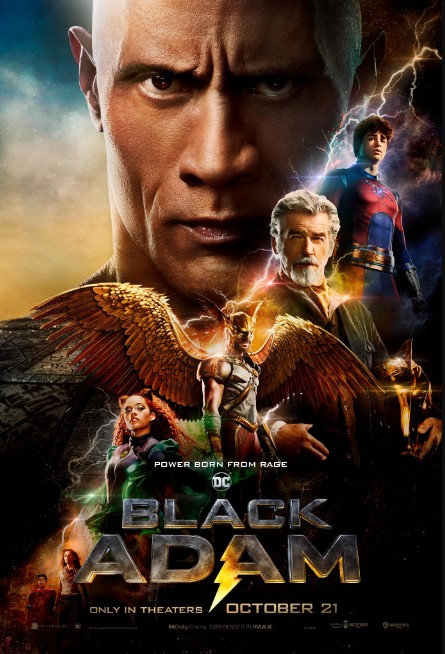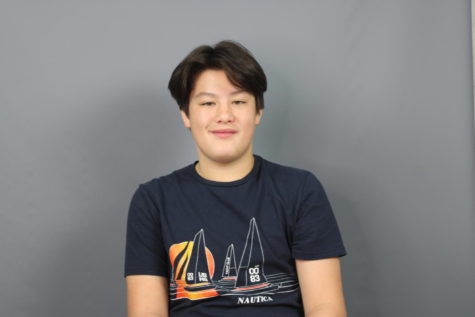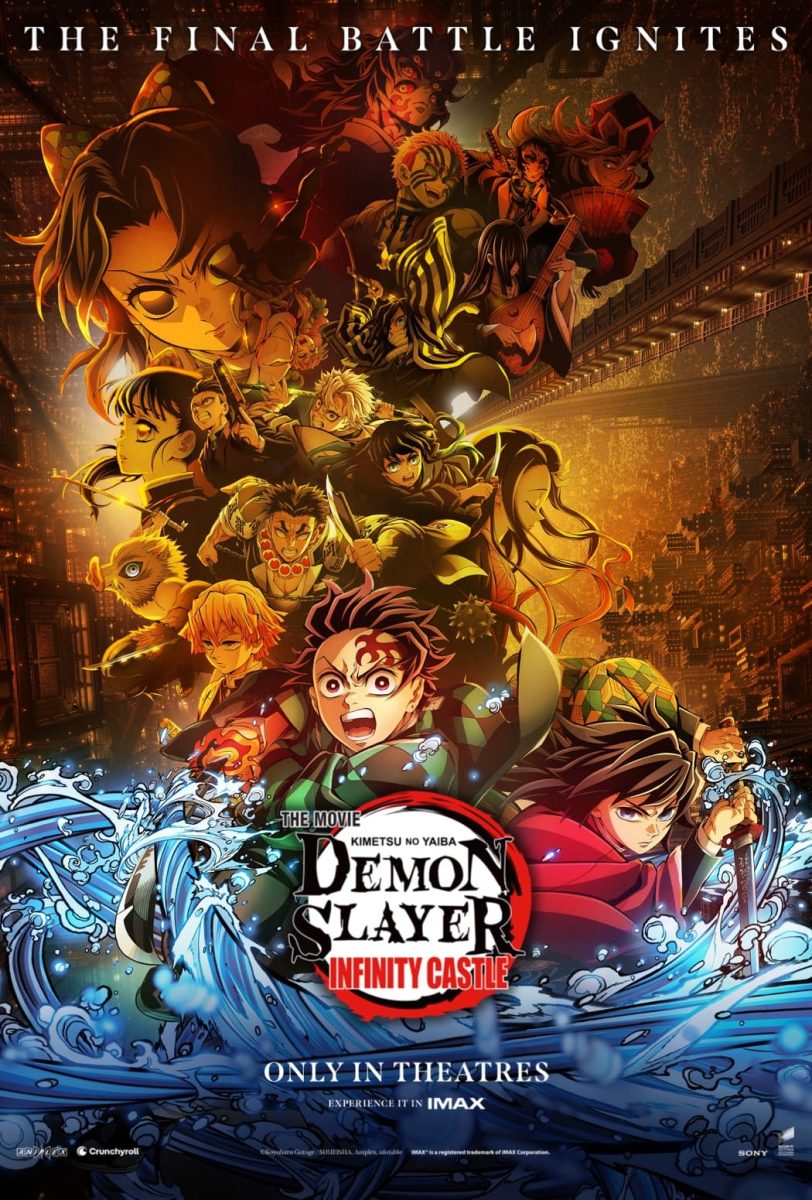Black Adam- The Black Sheep of Superheros
November 30, 2022
Recently, the highly anticipated movie Black Adam was released in theaters. After watching the movie with violence and action to spare, I felt as if something was lacking. Even seeing a bulk of super-powered characters, I was underwhelmed with what I had received.
Set in 2600 B.C.E, Black Adam begins in the fictional country of Kahndaq, with a history of wizards, a magical demon crown, a tyrannical king, and oppressed people rebelling against their leader. The movie then skips to a modern-day Kahndaq, a poverty-stricken country with advanced technology that is conquered by mercenary groups. The Kahndaqi people are powerless against the control of the mercenaries. Kahndaqi Professor Adrianna (Sarah Shahi) with aid from her brother Karim (Mohammed Amer) and son Amon (Bodhi Sabongui) search for the superpowered Crown of Sabbac. When threatened by mercenaries, Professor Adriana summons Teth-Adam (Dwayne Johnson), the super-powered champion of Kahndaq from an over four-thousand-year slumber. Teth-Adam goes on a killing rampage, sending lightning bolts and fists at the opposers of Kahndaq. Later a superhero group called the Justice Society of America was introduced. The team consists of Cyclone (Quintessa Swindell), Atom Smasher (Noah Centineo), Doctor Fate (Pierce Brosnan), and Hawkman (Aldis Hodge), the leader of the Justice Society. After conflicts between the Justice Society and Teth-Adam, they eventually conspired to stop the rise of Sabbac (Marwan Kenzari), a demonic king.
Whilst Johnson’s performance of Black Adam was enjoyable and fitting for the character, his character felt monotone and indifferent from his other characters. Other characters provided basic and bland recurring character tropes and were unable to hold my attention as a viewer. While some blame can go to actors for poor scenes, the most hysterical moment in the movie for me, was entirely the writer’s blame. In what was supposed to be a climactic scene with the common Kahndaqi people unifying to fight against the demonic underlings of Sabbac, I was left laughing in my seat. The writers had actor Bodhi Sanbongui (Amon) give an encouraging speech to the townspeople around him. He was far too soft-voiced for the role and was unable to provide an effective delivery, which was desperately needed for the speech to be an acceptable climactic moment. Regardless of Sanbongui’s delivery, I have a strong opinion against having a child character that is meant to have a powerful role. In a movie built on violence and superpowers, it was unnecessary to have a child actor play an influential role.
With the implications of so many super-powered characters, I became super-hero fatigued. I enjoy superheroes, however, it felt like they were attempting to overcompensate with the implications of heroes and stuffing the movie with superpowers. The most amusing aspect of the movie was the action, which was somehow tainted by the creators. They used a slow-motion recording as a crutch in their scenes of fighting. The use of slow motion became repetitive, as if they may have thought it was innovative, but it felt lazy.
Even with the abundance of flaws in the movie, it was still enjoyable to pick apart or watch the action without overthinking it. The writers could have done more with the film, or at least could have been more considerate with their ideas for the film.

